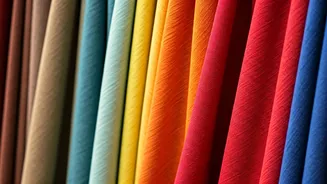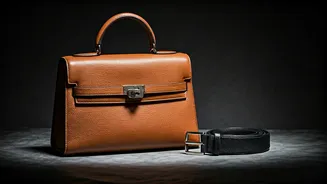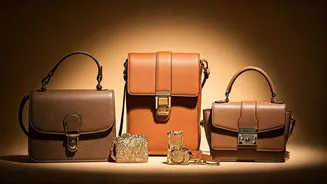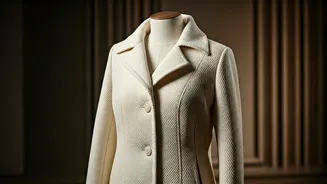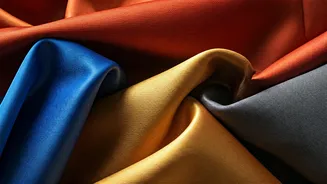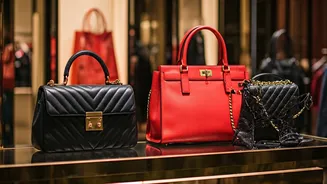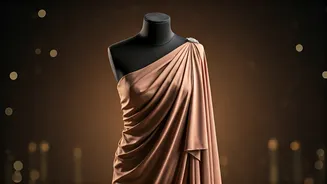Seasonal Color Palettes
Each season brings with it a specific palette of colors that influence fashion choices. During spring, soft pastels and vibrant hues such as yellows, pinks,
and greens often dominate designs, evoking the freshness of the season. Summer frequently sees a surge of bright, bold colors and neutral tones such as whites and creams that reflect the season's warmth and light. Autumn's color palette often shifts to richer earth tones, featuring shades of brown, orange, and deep reds that mirror the changing leaves. In winter, the color scheme usually turns to deeper, more subdued tones with blacks, grays, and blues, often accented by metallic shades. Understanding these color trends is the first step in tailoring your wardrobe to each season's character. By selecting seasonal colors, one can easily integrate their outfits with the current trends of the market.
Fabric Considerations
Fabrics are another key aspect that changes with the seasons. Lightweight, breathable materials like cotton and linen are favored during the warmer months. These fabrics provide comfort and ease in summer's heat. Fabrics are also a way to express trends. As the weather cools, there is a shift toward heavier fabrics. Wool, cashmere, and corduroy are typical winter choices, providing warmth and texture. The choice of fabric also influences a garment's drape and how it looks. The trends in textile technology also bring in advancements like waterproof and windproof materials. This offers versatility and suitability to the needs of the weather. Considering fabric ensures both comfort and style.
Silhouette Shifts
Fashion silhouettes evolve with seasonal changes. Spring and summer often showcase lighter, flowing silhouettes. These include airy dresses, skirts, and relaxed tailoring which are a comfortable choice for warmer weather. During autumn and winter, the silhouette often becomes more structured and layered. Coats, jackets, and heavier knitwear offer both warmth and style. Trends may focus on oversized styles or streamlined, tailored looks. Fashion designers constantly introduce new shapes and forms. This can range from high-waisted pants to voluminous sleeves. Knowing these changes allows one to adapt their wardrobe to stay stylish. Understanding these shifts enhances both the practicality and the fashionable look.
Accessorizing Through Seasons
Accessories play a vital role in completing a seasonal look. Accessories can be a fun way to experiment with different styles. In spring and summer, lighter accessories like straw hats, delicate jewelry, and bright-colored scarves are popular. These pieces add a touch of color and flair to warm-weather outfits. Winter accessories emphasize both practicality and style, with scarves, gloves, and hats being essentials. Boot choices will vary depending on trends, from over-the-knee boots to combat boots. Accessories can elevate a basic outfit into something seasonal. Therefore, choosing accessories can effectively complement each season's overall aesthetic and personal style.
Adapting Personal Style
Incorporating seasonal trends into personal style is about finding a balance. While it is fun to embrace the new collections from the fashion market, it’s also important to stay true to one's own tastes. Start by identifying your core style and then select trends that align with your personal preferences. Mixing current trends with classic pieces forms a signature look. By assessing what works for your body type, color palette, and lifestyle, one can refine their fashion choices. Regularly updating the wardrobe is key to staying current. However, it is equally important to build a wardrobe that is functional, comfortable, and reflects individual personality. This approach ensures that fashion trends enhance, not overshadow, personal style.
